Finally back in the mountains
Yayınlanan: 07.12.2023
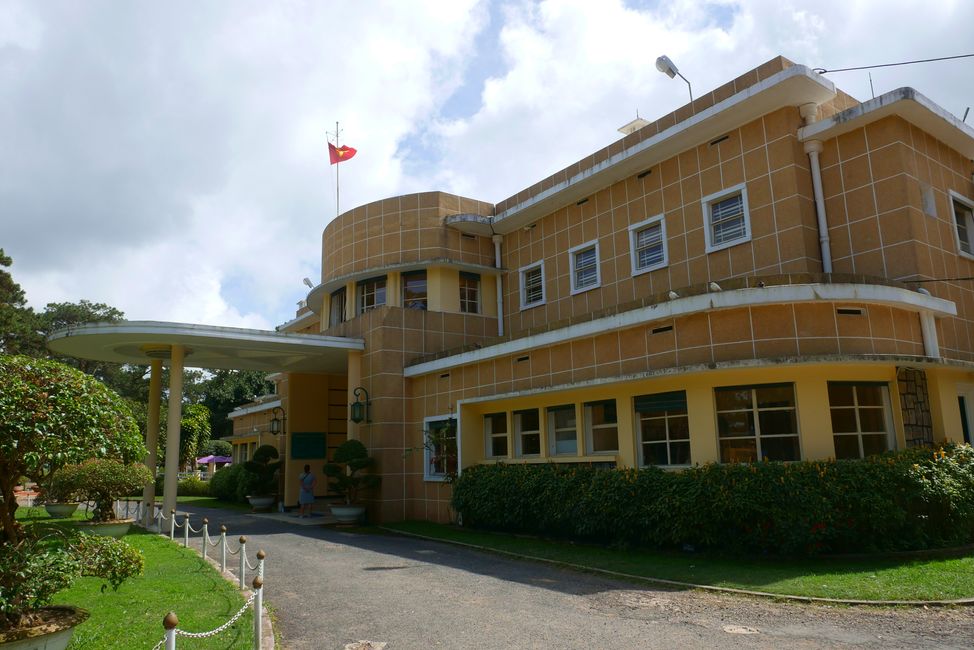
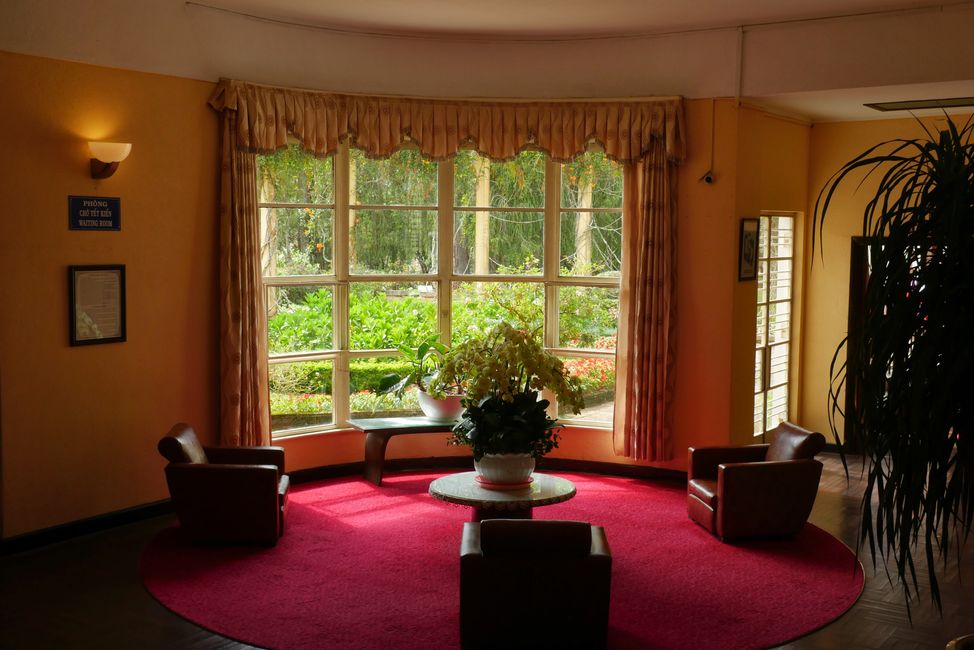
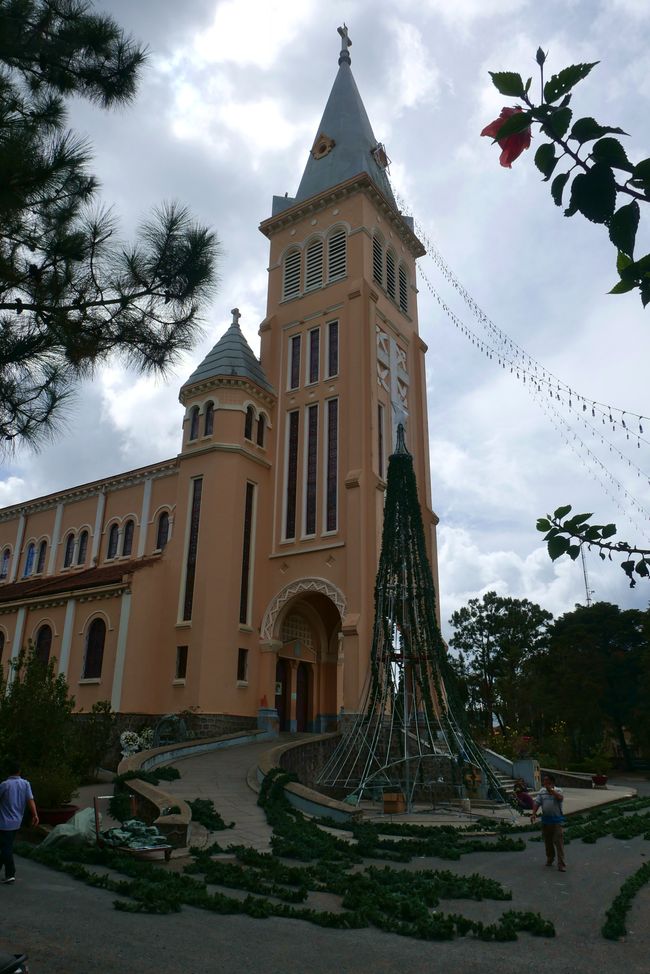
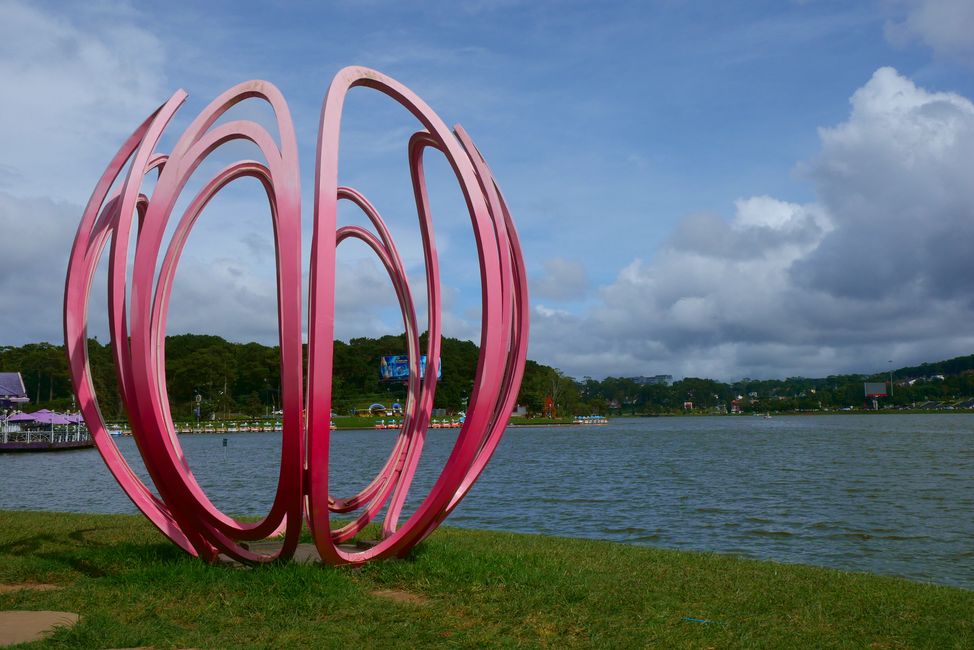
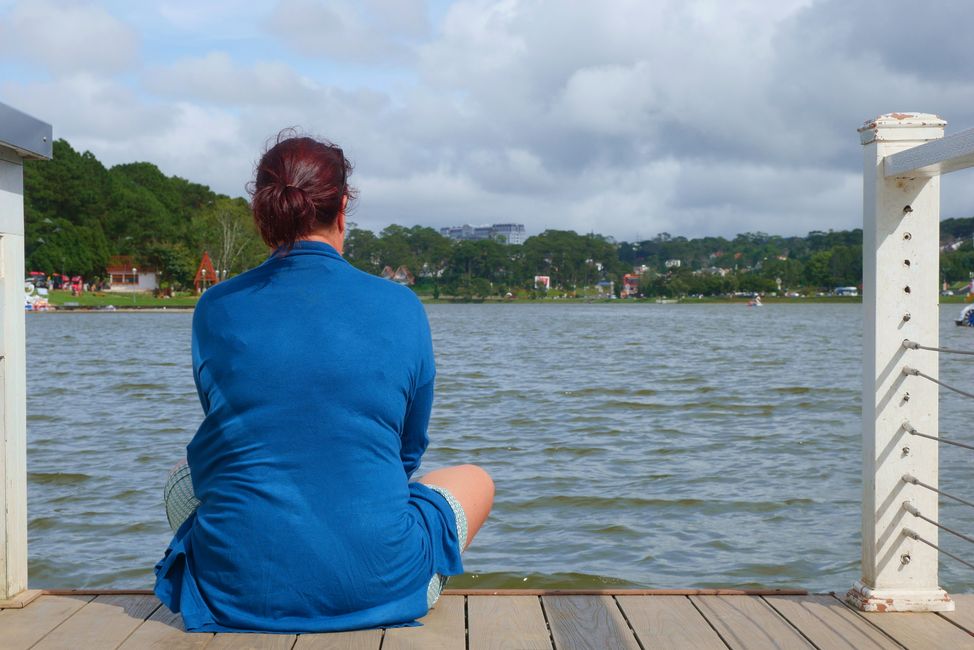
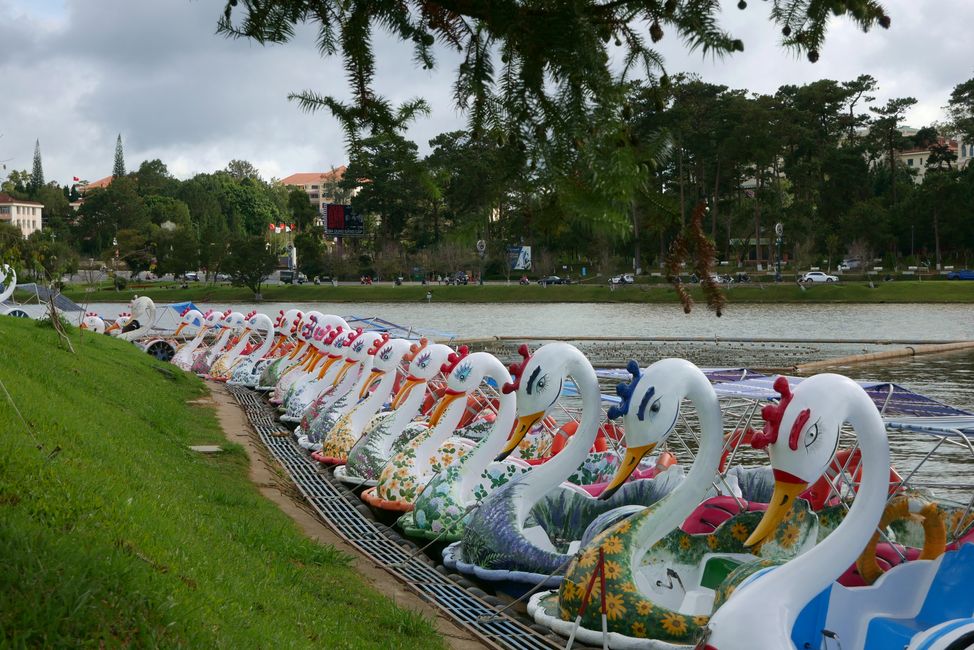
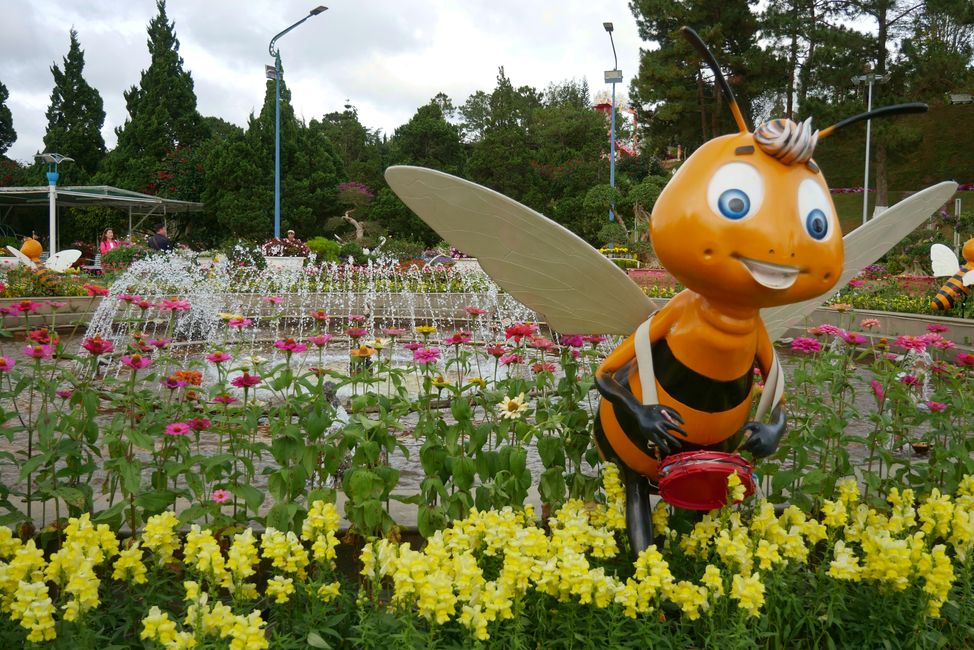

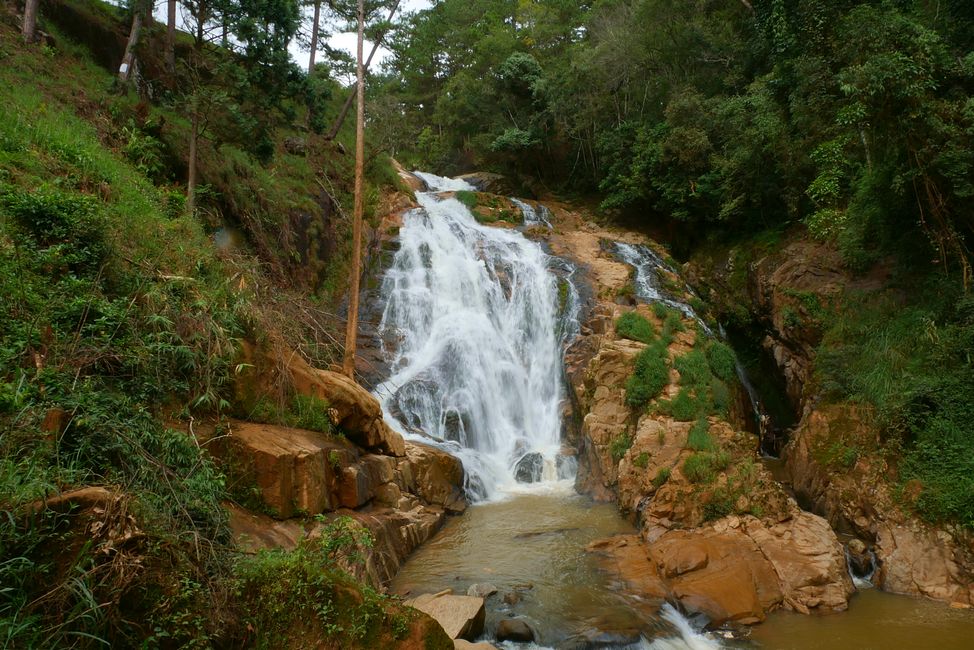

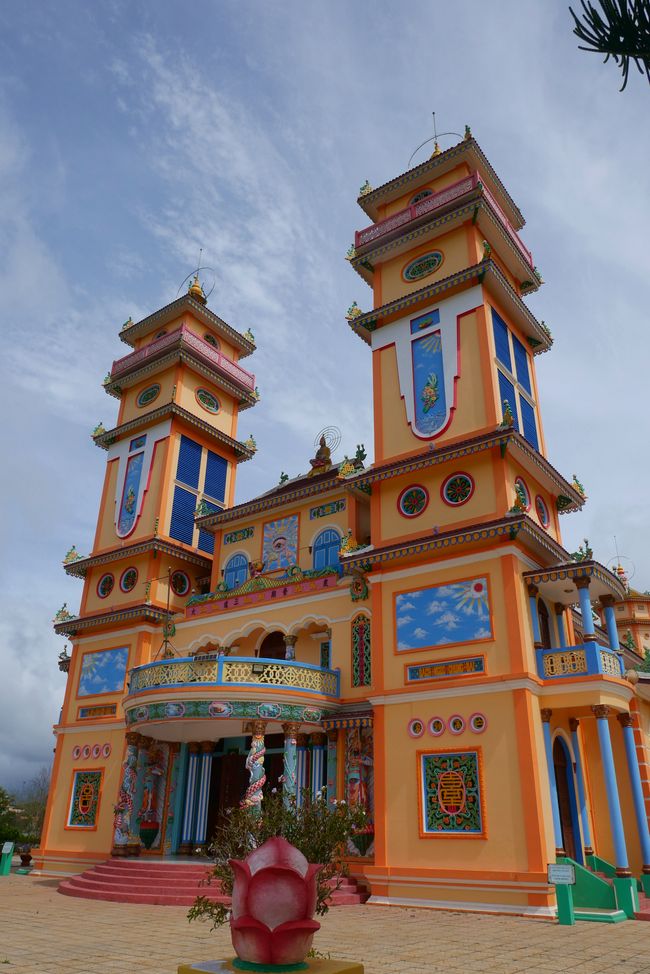
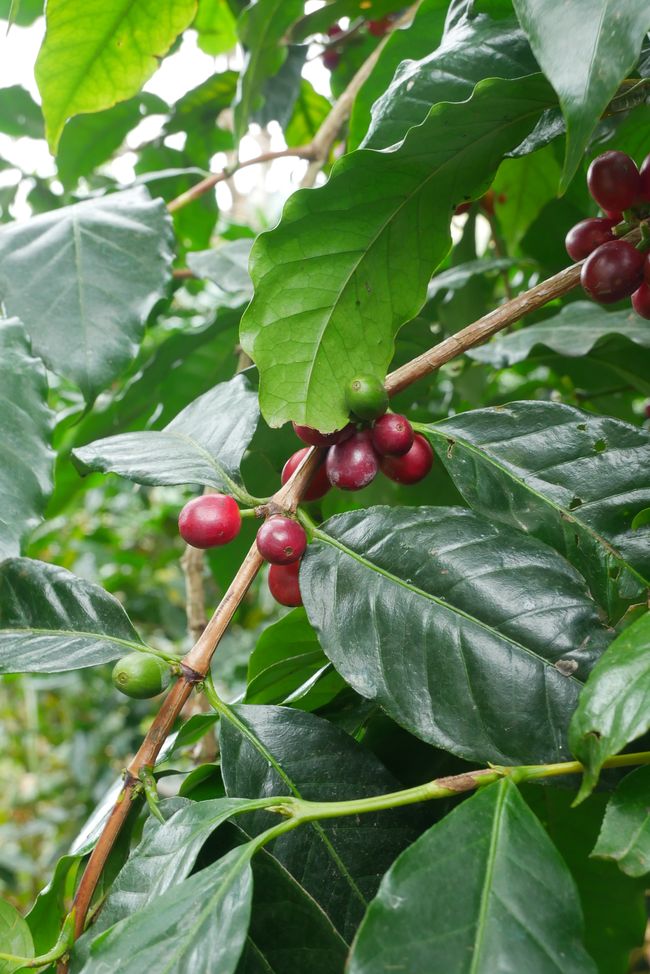
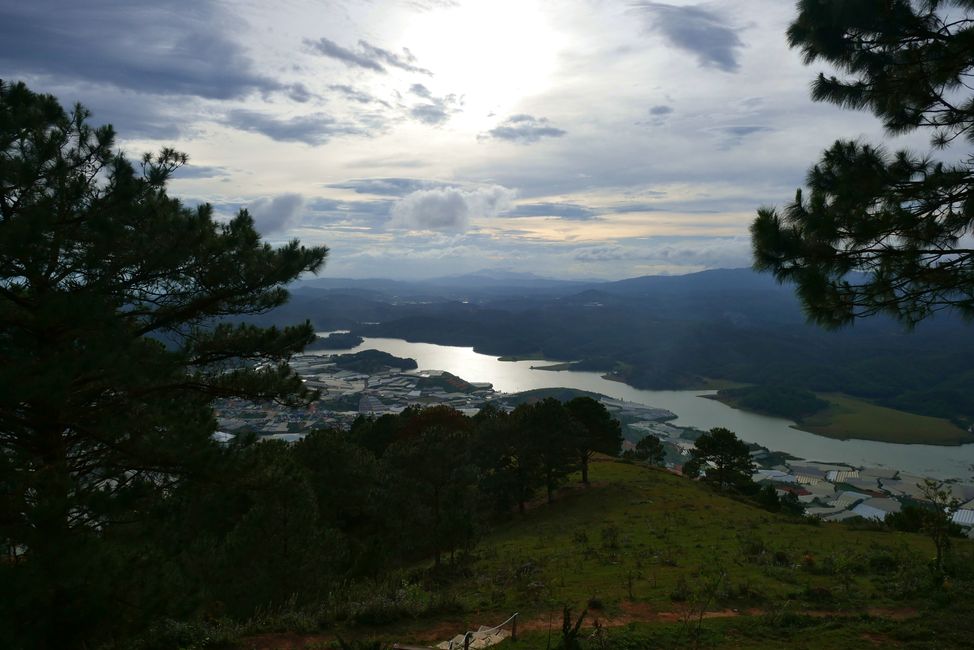
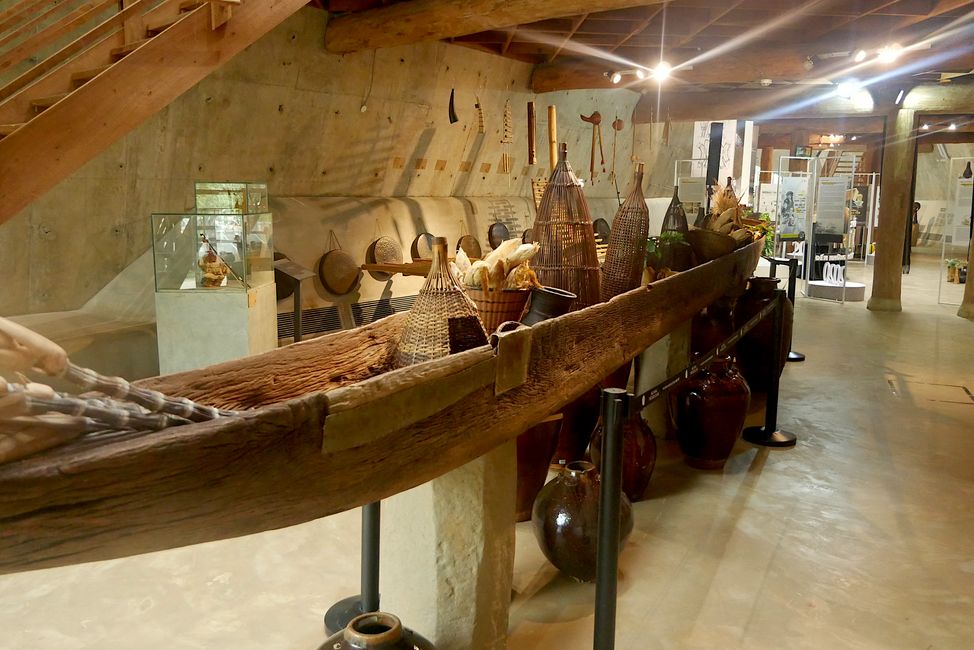
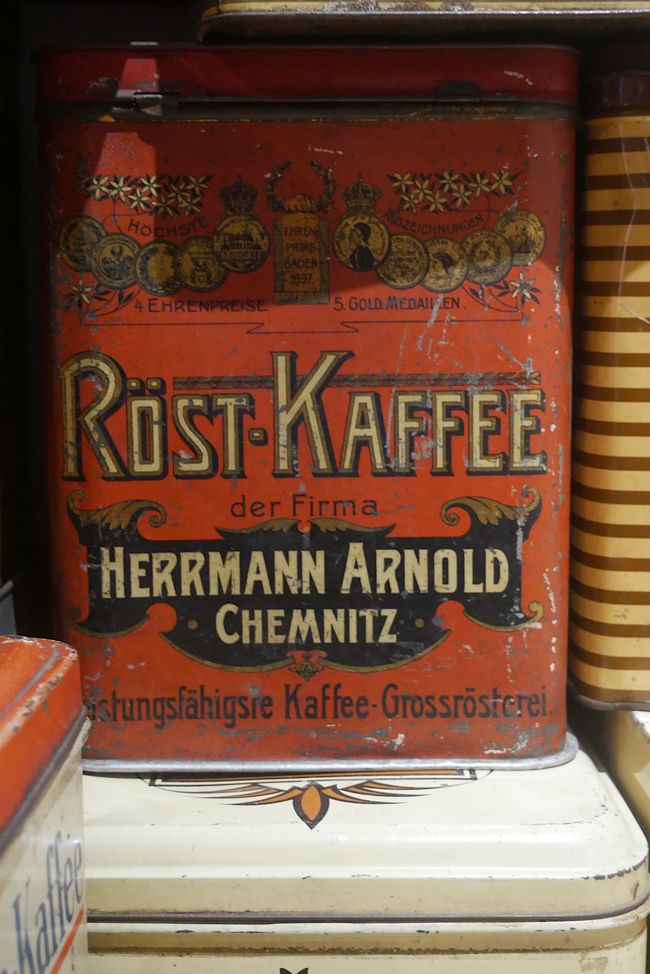
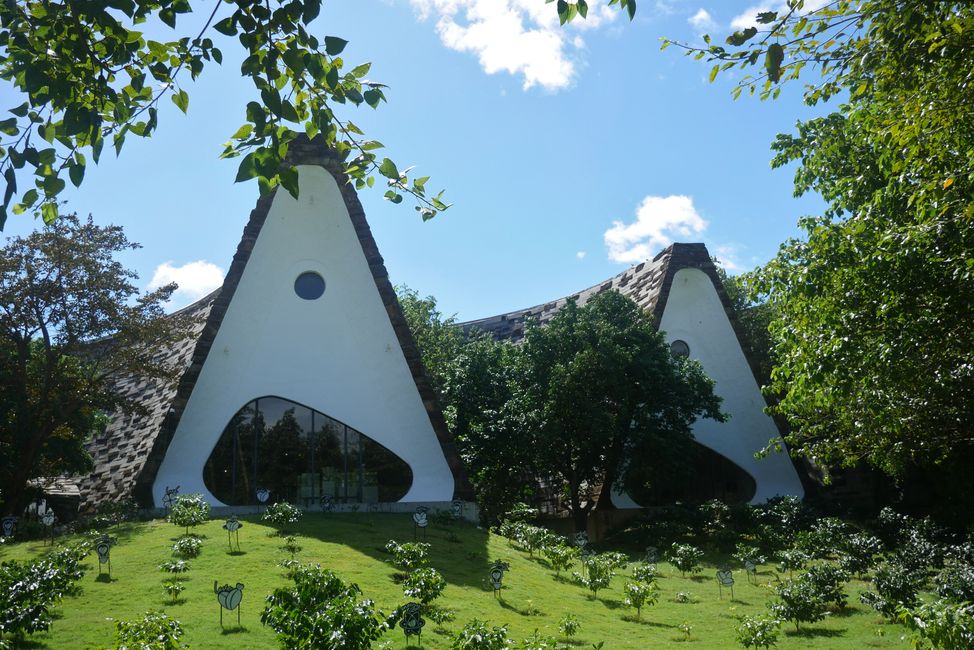
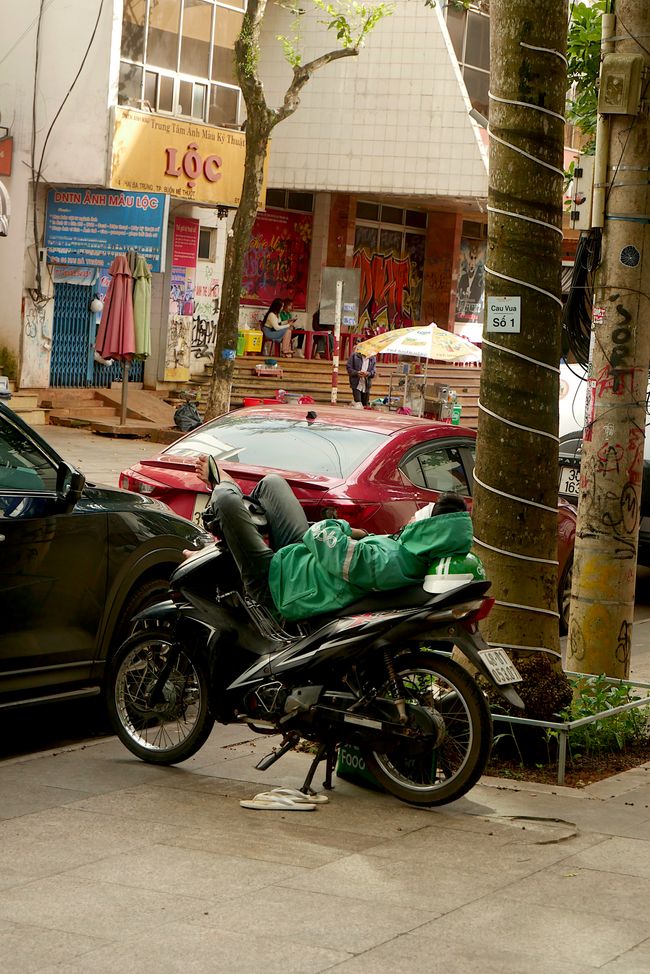
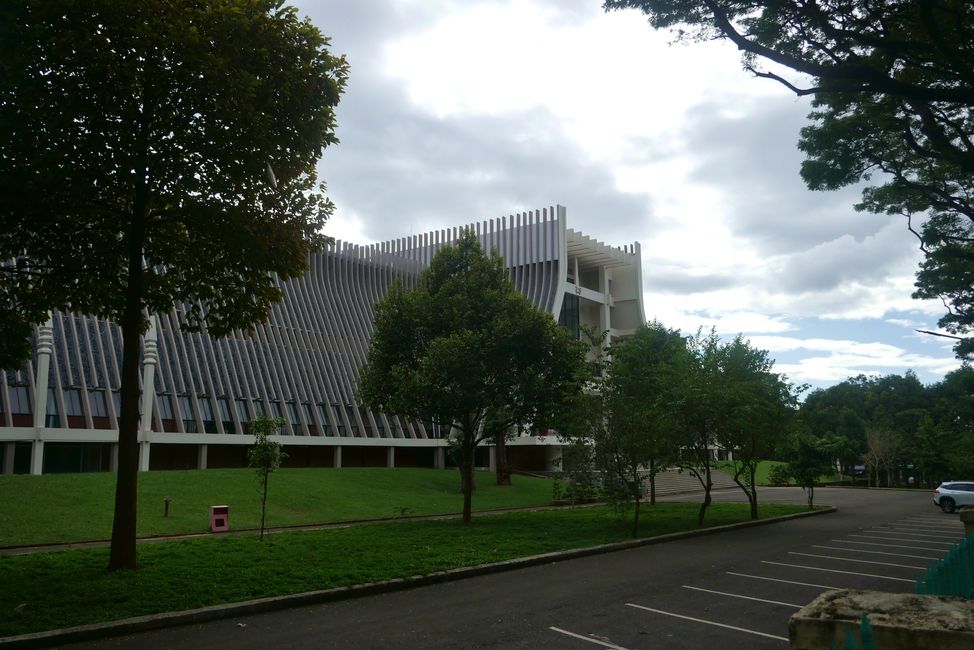
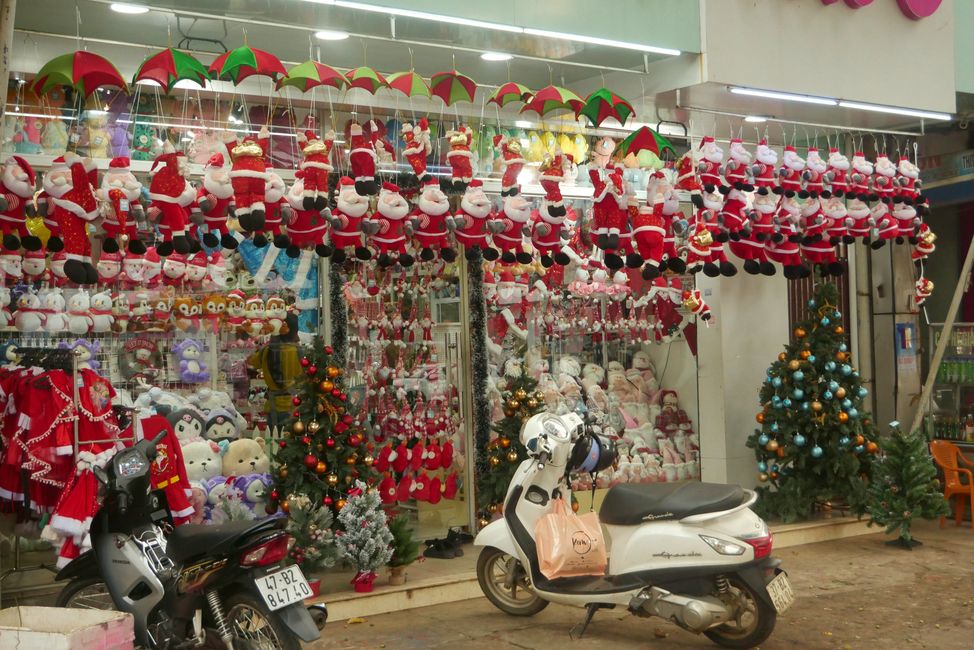
Haberlere kayıt ol
After many weeks in the lowlands of Cambodia and the Mekong Delta, we are now well above sea level again. In the south central highlands around Da Lat and Buon Ma Thout there is not only beautiful scenery to marvel at, we have also arrived in a different vegetation zone.

On plateaus up to 1,500m, coffee in particular thrives here, but also strawberries, roses, cabbage and apparently even asparagus. Agriculture therefore plays a major economic role here, including for the export market. The milder temperatures that make all of this possible also mean that we got out our long-sleeved clothes again.

The two cities we visited here could hardly be more different: Da Lat is an absolute tourist magnet, built by the French colonial rulers around 1900 for exactly this purpose, and today the city meanders around a specially created reservoir with a lot of charm and lots of greenery. The annual flower festival is expected to attract thousands of visitors to the city. After months, we saw an opera house here again, but only from the outside - there seems to have never been a performance in the modern building.

Buon Ma Thout does not have such a colorful history. Less than 100 years ago, Catholic and Buddhist settlers from northern Vietnam made this area on the Cambodian border their new home. Until then, the area was populated by various minorities, mainly the Ede, who today still make up around a quarter of the population in the province. Due to the large increase in population after the Vietnam War, the city exudes a socialist charm, even without prefabricated buildings.

A completely new district is currently being built around the World Coffee Museum, which has nothing old-fashioned or socialist about it. Buon Ma Thout wants to become the coffee capital. A few questions remain unanswered: Where are these massive investments coming from and will the plan really work? The museum impresses with its impressive architecture, but the brand new buildings around it seem rather deserted.
Robert

Haberlere kayıt ol
Cevap
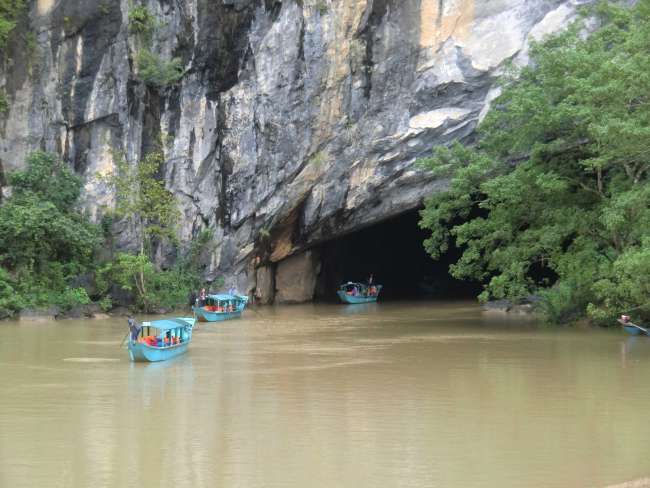
Seyahat raporları Vietnam

